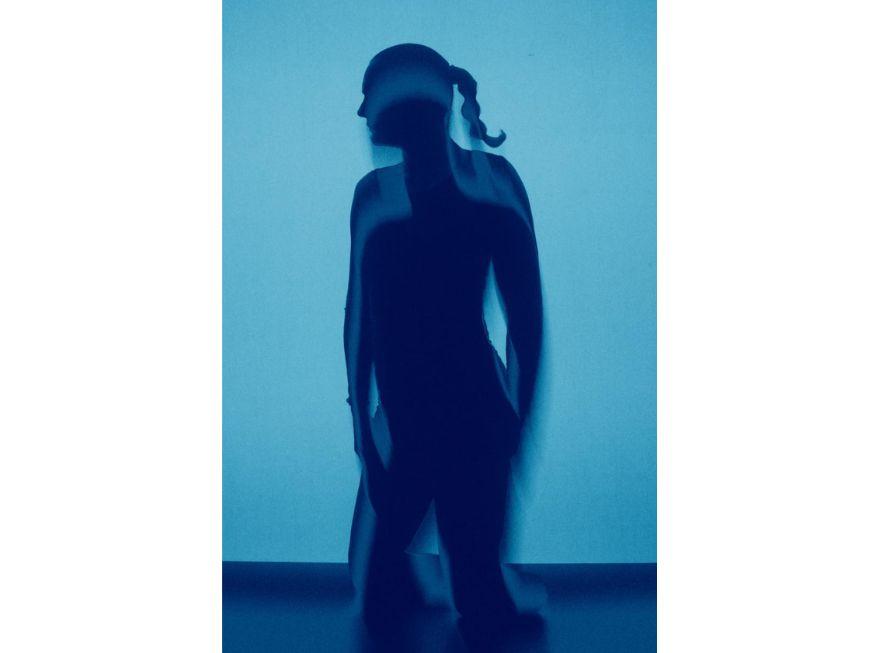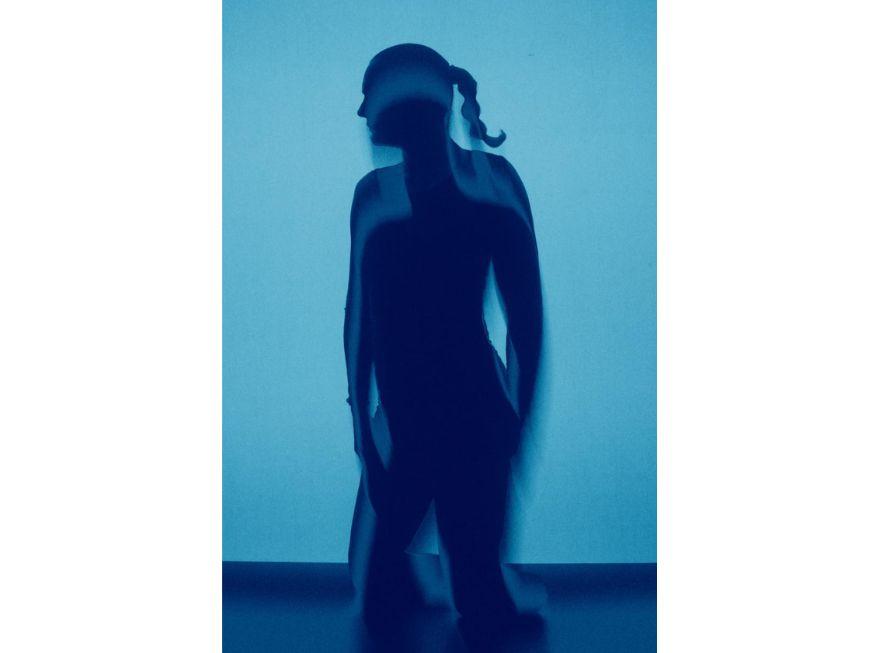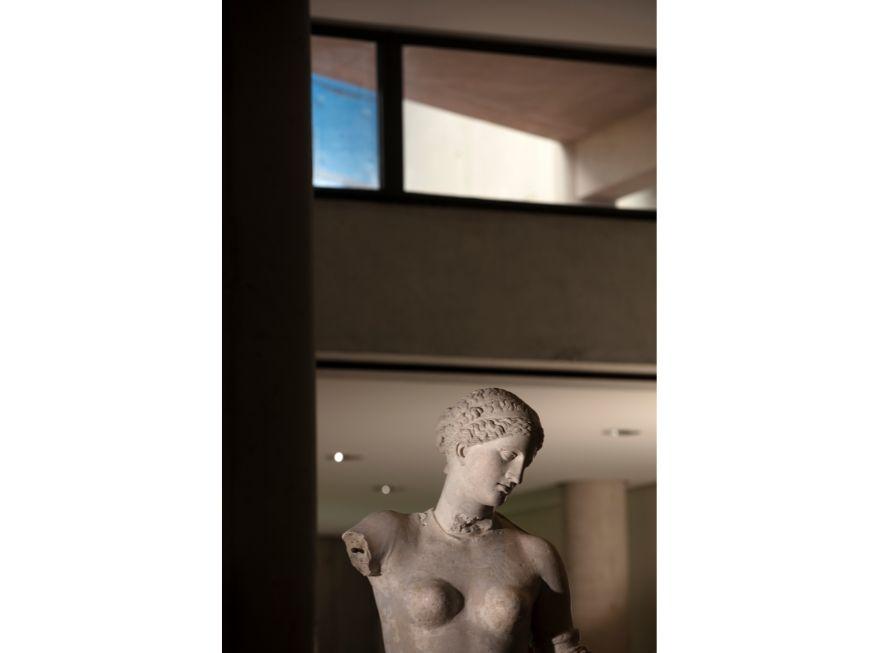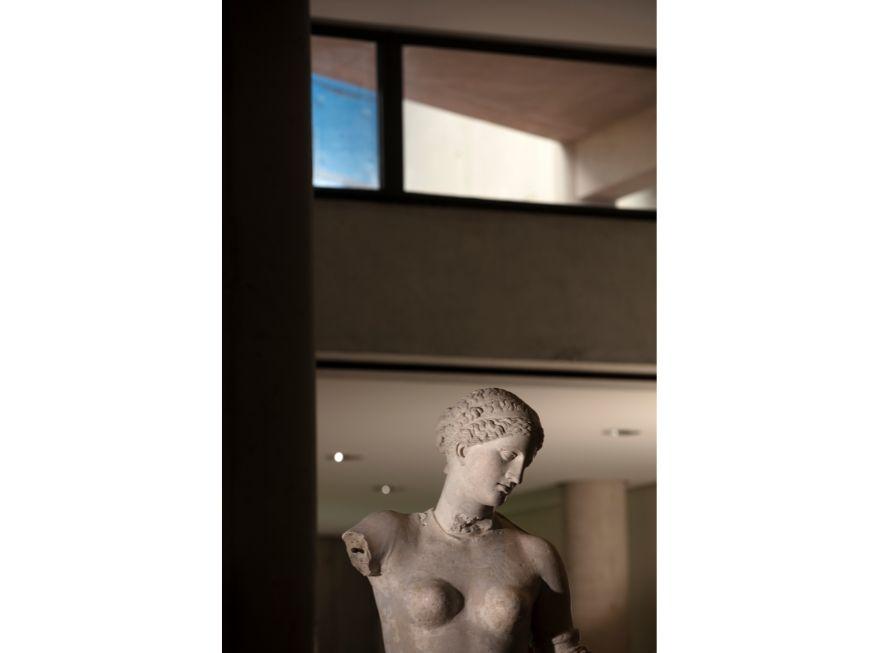TRIPTYQUE




Art installation on display in the museum permanent collection from Monday July 1st to Sunday September 29th, 2024
The "Triptyque" project, conceived in partnership between the Institut national de recherches archéologiques préventives (Inrap) and the Musée départemental Arles antique (MDAA), consists of a process of encounters and artistic creation, bringing together the combined perspectives of a plastic photographer, Marguerite Bornhauser, a researcher specializing in the archaeology of disability, Valérie Delattre, and a para-sportswoman and political scientist, Pernelle Marcon.
Marguerite Bornhauser
Marguerite Bornhauser is an artist photographer born in 1989, living and working in Paris. After studying literature and journalism, she joined the École nationale supérieure de la Photographie in Arles, where she graduated in 2015. In 2021, the Grand Palais gave her “carte blanche” to cast her eye over the 4 years of renovation work of the building.
Valérie Delattre
Valérie Delattre is an archaeoanthropologist at Inrap. She is a specialist in funerary and cultural practices from Protohistory to the Middle Ages. She works in particular on the subject of marginalization of individuals in funerary archaeological contexts. She is actively involved in disability associations.
Pernelle Marcon
Pernelle Marcon is a political scientist, affected by a physical disability since 2012. She made a career as an athlete and then as a para-athlete besides her academic and professional life. Her interest in the prejudice matter has led her to question the notion of “disability” and the representation of “difference” for more than ten years. She collaborates with scientific research teams, having trained in mental health and neuroscience to support chronic pain sufferers and athletes.
These three personalities were encouraged to engage in dialogue and create links, to share their expertise and cross-fertilize their respective perspectives on the body and movement, notably by immersing themselves in the museum's collections.
The resulting artwork
Marguerite Bornhauser has imagined a work representing the female body, a body in a situation of disability, and her personal vision of the iconic woman. She presents Pernelle Marcon's shadow photographs in postures inspired by ancient representations of the female body, in a way that shows the woman magnified but without any artifice or distortion of reality. Presented on supports and media inspired by the materials in the museum's collections, the silhouettes are also in profile, in the Egyptian manner or in reference to the scenes engraved on the tombs of Alyscamps, to echo the surrounding art pieces.
Exceptionally, the museum will substitute an emblematic piece from its collection, the plaster cast of the Venus d'Arles, for the main work in this "Triptych": the artist's magnified representation of the modern woman.
"Triptyque" is the winner of the "Inspiration, Creation and Disability" call for projects, created as part of the Cultural Olympiad by the French Ministry of Culture and the Paris 2024 Olympic and Paralympic Games Organizing Committee.
